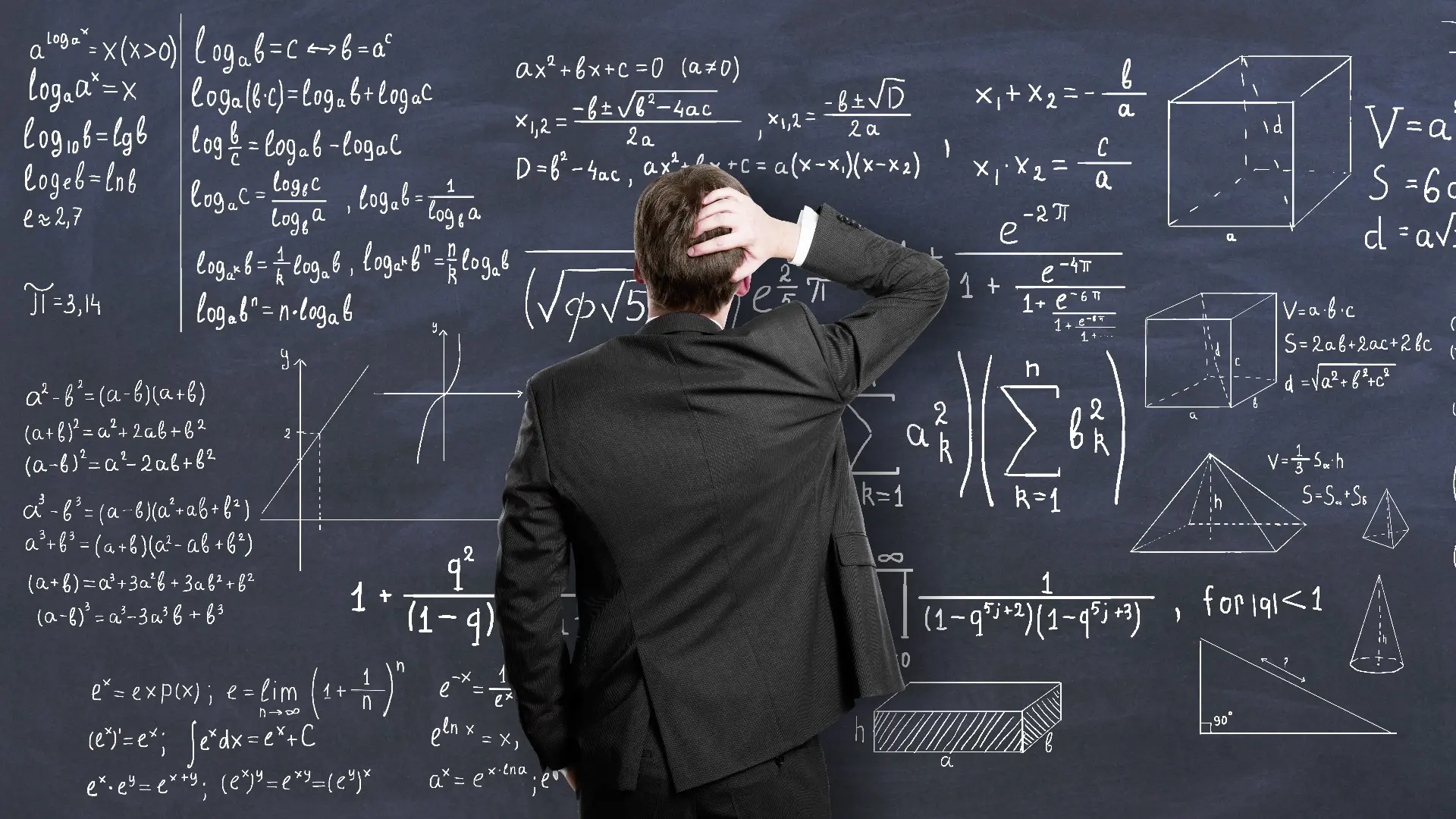Why Algorithms Are Not Always Identical to Computer Science

Algorithms are often considered an integral part of computer science. Many argue that algorithms are the foundation of digital technology and computerization. However, in a broader context, algorithms are not only limited to computer science. Algorithms are basically a series of instructions or systematic steps designed to solve a problem or achieve a certain goal. This versatile nature is what makes algorithms an important part of various other disciplines, such as mathematics, physics, economics, and even everyday life.
In this article, we will discuss why algorithms are not always synonymous with computer science, as well as explore some examples that show the application of algorithms in various contexts outside of information technology.
1. Basic Understanding of Algorithms
In simple terms, an algorithm is a series of steps that need to be followed to complete a task or problem. Algorithms are not something new that emerged along with the development of computers. History records that humans have used the concept of algorithms long before modern computers were invented. The algorithm was first popularized by the Persian mathematician Al-Khwarizmi, who in the 9th century wrote a book entitled “Al-Kitab al-Mukhtasar fi Hisab al-Jabr wal-Muqabala”, or “Book of Calculation by Restoration and Balancing”. It is from Al-Khwarizmi’s name that the word “algorithm” comes.
In its basic definition, an algorithm is a mathematical abstraction. It is not limited to a particular machine or programming language, but can be applied in various fields that require procedures or sequences of instructions. This shows that the concept of algorithms can be applied in everyday life and in disciplines other than computers.
2. Algorithms in Everyday Life
Many everyday activities can be understood as algorithms. For example, in the process of cooking, a recipe is a form of algorithm that provides step-by-step instructions for making a particular dish. The recipe includes ingredients (input) and procedures that need to be carried out in sequence to get the final result (output). In other words, the cooking process uses an algorithm, even though there is no computer involvement in it.
Another example is when someone follows directions. For example, when we use a map or navigation app, we are following a series of instructions to get to our destination. Each step on the map is part of an algorithm that takes us from our starting point to our final destination.
Even everyday decisions can be considered algorithms. For example, when we choose between several options, we often use a series of steps to make the optimal decision. These algorithms may not be written down or explicitly conscious, but the systematic thought process is the basic form of an algorithm.
3. Algorithms in Mathematics and Science
Algorithms also play an important role in mathematics and science. In mathematics, algorithms are used to solve a wide variety of numerical problems. For example, Euclid’s method is an ancient algorithm used to find the greatest common factor of two numbers. In calculus, algorithms are also used in numerical integration and derivation to approximate complex mathematical solutions.
In physics, algorithms help in modeling and simulating natural systems. The Monte Carlo algorithm, for example, is a method used to estimate the results of physics experiments using random samples. These algorithms allow physicists to make predictions in systems that are too complex to solve analytically, such as the motion of particles in a gas or liquid.
The field of biology is also inseparable from the use of algorithms. Sequence alignment algorithms, for example, are used to compare DNA, RNA, or protein sequences. These algorithms play a vital role in genetic and evolutionary research, ultimately helping scientists understand the relationships between species and map the tree of life.
4. Algorithms in Economics and Business
Economics and business are disciplines that rely heavily on data-driven decision-making, which often involves the use of algorithms. In economics, algorithms are used to model market behavior and determine optimal investment strategies. Optimization algorithms, such as linear programming methods, help economists solve problems of allocating limited resources.
An example of an algorithm application in business is in the recommendation system used by e-commerce companies. This algorithm analyzes customer preference data and predicts products or services that they might be interested in. In addition, in the banking world, algorithms are used to detect fraud and analyze credit risk based on customer data.
One algorithm that is often used in economics and business is the machine learning algorithm. This algorithm allows the system to learn patterns from data without being explicitly programmed for each situation. In the context of economics, machine learning is used to predict market trends, while in business, it is used for better service personalization.
5. Algorithms and Ethics: Cross-Disciplinary Issues
Algorithms are not just about instructions and problem solving. In the modern era, algorithms used in decision-making can have a major impact on social life and the welfare of society. For example, algorithms in credit scoring systems or AI-based recruitment can affect the fate of many individuals. In this context, algorithms are no longer just tools, but carry great ethical and social responsibilities.
Issues such as algorithmic discrimination and bias in automated decisions are now widely discussed by legal experts, philosophers, and sociologists. They question how algorithms, especially those used in artificial intelligence systems, can be designed to be fair and free from bias. This proves that understanding algorithms cannot be mastered solely by computer scientists, but also requires input from various disciplines that care about justice and social welfare.
6. Algorithms in Art and Creativity
Not many people realize that algorithms can also be used in the world of art. Generative art, for example, is a form of visual art that is created using algorithms to generate complex patterns or images. These algorithms can be created with special programming languages or software, and the results are often unpredictable.
Another example is algorithmic music, where musical compositions are generated based on certain mathematical rules. In some cases, algorithms are even used to create literary works or poetry. Although computers play a role in creating algorithmic artwork, the main concept of algorithms here is a sequence of instructions to achieve an artistic result, not just computer programming.
7. Conclusion
Algorithms are universal concepts that can be applied in various fields outside of computer science. Although algorithms have an important role in the development of technology and computing, their existence is not exclusive to computer science. Algorithms have been used in mathematics, physics, economics, biology, even art and everyday life long before the concept of digital computers existed.
Thus, understanding algorithms should not be limited to computers or technology. Algorithms are systematic thinking and problem-solving methods that are essential for everyone, both in academic and practical settings. A deep understanding of algorithms not only enriches computer science, but also helps us see the world through a more structured, analytical, and creative perspective.
That’s all the articles from Admin, hopefully useful… Thank you for stopping by…





